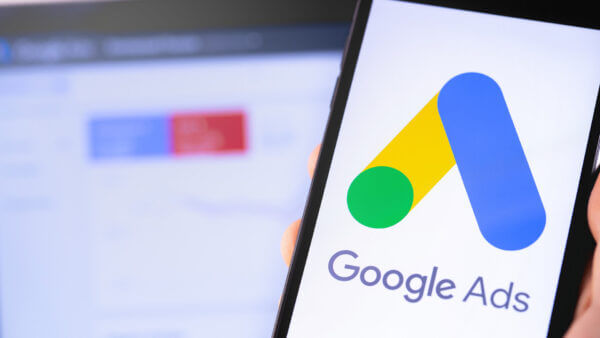You are swimming in data. Here’s how to unlock insights for better ad copy relevancy, targeting, and timing.
Serve the most relevant ads, to the right people, at the best time. This formula should give you better campaign performance, right?
Not quite.
PPC practitioners know the standard types of optimizations. Still, as the industry plunges into automation, developing new optimization levers is becoming increasingly difficult.
Want to make your clients happy? Here are four ways you can boost your paid search performance.
1. Ad copy relevancy: how to scream the right message
How do we know what creative works best?
With the shift toward responsive search ads (RSA), you certainly have enough headline space to run all the different USP (Unique Selling Proposition) and calls-to-action, and let Google help you find the best performing combo.
However, what separates the good from the great is having better “input.” That means you want your headline variations to be the most relevant for the person seeing the ad.
For a client in the health vertical, we hypothesized that parents would respond to different messaging than those who weren’t parents. We focused our USPs on how our product added protection for the family, whereas, for the non-parent audience, we highlighted personal benefits.
The result? Click-through rate (CTR) increased by at least 35% across our campaigns and led to stronger conversion rates. Depending on your vertical, you can test different messaging against age, sequential actions on-site, or device.
2. People: Decoding audience behavior
Not all clicks are valued the same. Some users are serious buyers, while others are just browsing.
How do we identify those high-value clicks from poor intent ones?
One way is finding the connection between their onsite behavior and how likely they are to convert.
For one client, we noticed that people who spent longer time on site and visited our product page from the home page are two times more likely to convert than those who bounced in less than two minutes or did not navigate to the product page.
We created custom audience segments in Google Analytics and layered them onto our campaigns with this information. This provided an extra signal layer, allowing us to adjust our campaign budget and bid modifiers to prioritize high performers.
You can study data of all the different types of site engagement metrics and learn the behaviors of your high converters.
Here’s an idea: layer high converting audience segments into your upper funnel keywords or broad match types to scale volume while tightening up around the audience targeting. This will help you scale up without skyrocketing CPAs.
3. Timing: It’s everything in PPC
Because search is a “pull” tactic, you might say the right timing is the moment of search – the exact moment when someone is typing that query into the search bar. You aren’t wrong. However, the searcher often won’t convert right away.
I conduct extensive research when I shop, sometimes for weeks before pulling the trigger. Advertisers probably hate people like me for messing up their attribution.
One way to get smarter at timing is knowing the purchase cycle length of your product. This will unlock powerful insights to guide your investment.
I once worked with a client in the travel industry. We were tasked with increasing Christmas bookings for their cruise offering. Typically, we start our budget upweight at the end of November, complemented by holiday-esque ad copy and supercharged with a 20% off sale. That year, our mission became finding the best time to push budget, taking any guesswork out of the equation.
We found that consumers started researching cruise options 45 days before the holiday for our high price point package for a particular high-value audience segment by working with the analytics team.
The purchase cycle length is shortened to 14 days for our cheaper packages. With this information, we knew exactly when to heavy up different campaigns and maximize our dollars depending on the package’s various audience segment targeting and price point.
The results? Our ROI skyrocketed and exceeded client booking goals by more than 80%.
Just like farmers sow the seeds anticipating the coming harvest, you must strategically plant your PPC budget to see a big harvest.
4. Measurement: Please do it correctly
Lower funnel keywords convert better. That is true in most SEM playbooks.
Want to reduce your CPA? Go ahead and reduce budget/pause upper-funnel keywords while effortlessly increasing investment on lower-funnel keywords (high purchase intent).
In my experience, lower funnel keywords will include words like “buy”, “near me”, “location”, etc. If your CPA doesn’t drop, you can blame me at your next client meeting.
While this approach is great for short-term gains, you might be losing out on valuable consumers who are just starting their research/purchase journey.
Many advertisers use the default 30 days lookback window. You might want to consider a longer length if you sell a big-ticket item.
Using the right attribution model can help properly assign credit to upper-funnel terms. They might not drive value in your next report, but you will see the impact two to three months down the line.
Summary: Harness the power of data
As paid search marketers, we are swimming in data.
Take a deep dive and unlock insights for the various factors such as timing, your target audience, and become that ad copy master.
Cut through the clutter and laser focus on the right “input” and “output” to improve your campaign performance.



